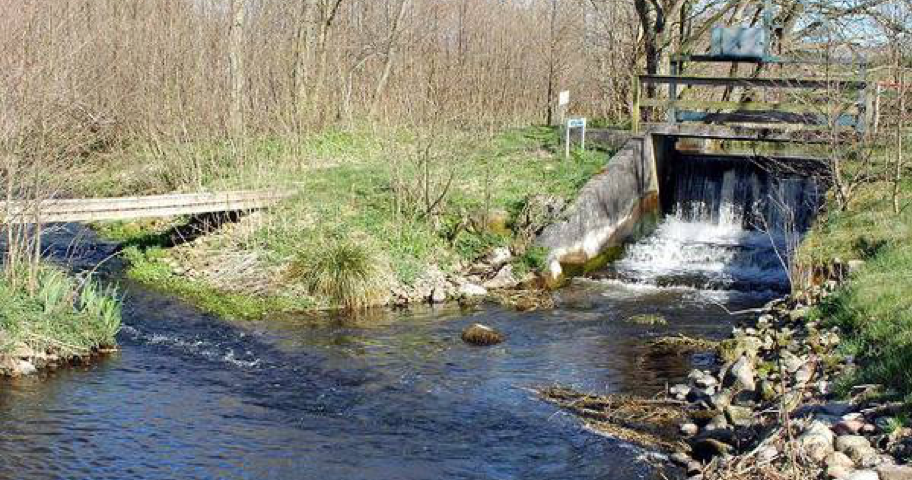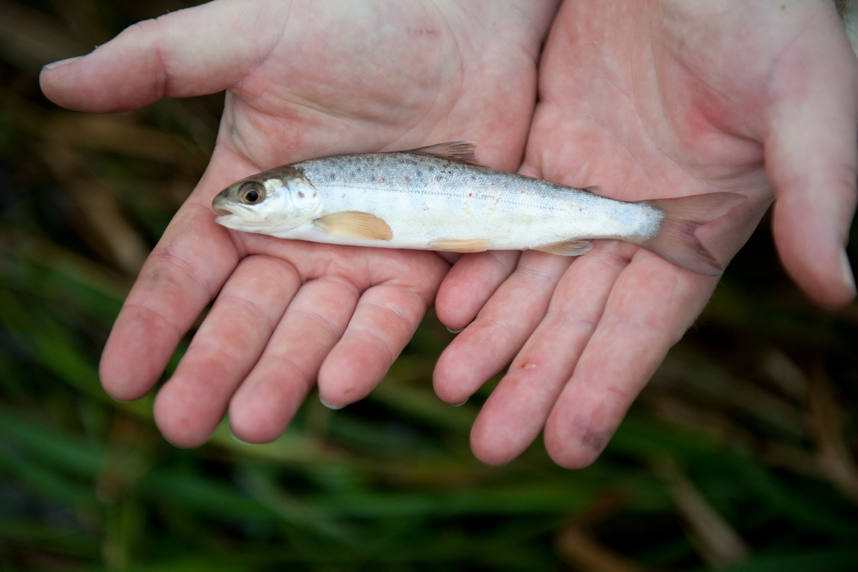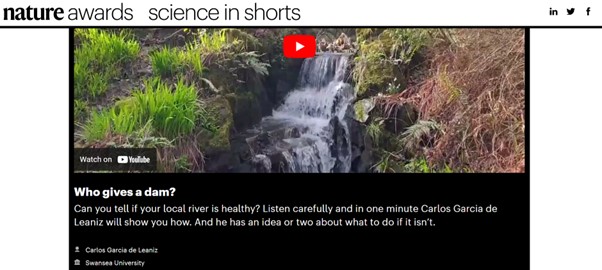Large increase in smolt after weirs removed from river

More Rivers Opened and Weirs Removed in Spain
June 2, 2018
DAM REMOVAL EUROPE: Removing tens of thousands of obsolete dams in Europe will bring rivers back to life
July 19, 2018
Vrå Mølle: second lowermost weir in river Villestrup, removed in 2012.
Author
Kim Birnie-Gauvin & Kim Aarestrup
New study shows massive benefits for trout following full river restoration in a lowland river
Section for Freshwater Fisheries and Ecology, National Institute of Aquatic Resources, DTU Aqua Population of anadromous trout increased fourfold after complete removal of multiple human-made barriers in a Danish river, shows a study from DTU Aqua, Denmark. The river now fulfills the goals of the EU Water Framework Directive and supports a very large recreational fishery. “This approach of removing barriers instead of creating fishways is an example to follow, as it restores both connectivity and habitat, as well as providing valuable ecosystem services”, says Professor Kim Aarestrup, one of the researchers behind the study, published in River Research and Applications . Artificial barriers create critical challenges in rivers by negatively affecting freshwater wildlife and everything surrounding it. Barriers are the number one reason why freshwater ecosystems are the most imperiled and threatened environment globally. Europe is no different with barriers present in large amounts and wide distribution. Many of these barriers are ‘small’, and of limited (if any) use, with some more or less going unnoticed. Some of these barriers date back to several centuries, when mills were first used as a source of energy. However, removing these small barriers provides a cost-effective opportunity to make great progress in reconnecting rivers by reinstating flow, gradient and natural habitat.
Vrå Mølle: second lowermost weir in river Villestrup, removed in 2012.
Weir removal with remarkable outcome
In the recent study, a total of six weirs were removed from River Villestrup. The number and average length of the brown trout (Salmo trutta) smolt run was followed both before and after the removals.
The researchers caught, counted and released all fish larger than 10 cm during their downstream migration (April and May) for 5 study years, over the course of 12-year period. This made it possible to evaluate the number, size and timing of smolt-runs and these aspects changed following removals over time.
“Our results show extraordinary outcomes. The smolt run went from 1660 individuals before any removals were performed, to 19105 after six weirs were removed. The removals were also associated with a smaller average length of fish, perhaps because smaller individuals were previously caught in impoundments, unable to overcome the weirs”, says Ph.D. student Kim Birnie-Gauvin, lead author of the study.

Migrating brown trout smolt
Small barriers can cause complete blockages.
Small barriers tend to be less discussed, typically because it is assumed that their effects are relative to their size, and thus ‘small’. But even small barriers can cause complete blockages for migratory species. This is especially important in the case of anadromous species, because they must overcome these barriers upon their downstream migration as smolt, and then repeatedly upon their upstream and downstream migration as adults during spawning.
“A female sea trout on her third spawning migration would have to have surpassed a single barrier 7 times. If we multiple that by the number of barriers within a single river (estimated to be 1 per km in Spain for example), the number of barriers that a fish must overcome quickly adds up”, says Kim Birnie-Gauvin.
Additionally, barriers tend to flood habitats with high gradients which are indispensable for salmonids, further exacerbating their effects on salmonid populations. In lowland rivers, large gradients, which create the necessary habitat for spawning and juvenile survival, are relatively rare. Unfortunately, this is often where barriers are positioned and thereby ‘drown’ this critical habitat. For this reason, the effects of barriers go far beyond fish passage alone.
Despite currently employed mitigation measures such as fish ladders and bypasses, substantial improvement in anadromous populations are rare, leaving complete barrier removal as the best approach.
You can help track these barriers with the AMBER Barrier Tracker:
The project is partly funded by the National Danish Fish License funds and Horizon 2020 project AMBER (Adaptive Management of Barriers in European Rivers).
Read the full story here
Reference: Birnie-Gauvin, K., Candee, M. M., Baktoft, H., Larsen, M. H., Koed, A., & Aarestrup, K. (2018). River connectivity reestablished: effects and implications of six weir removals on brown trout smolt migration. River Research and Applications, 1-7. doi: 10.1002/rra.3271.



